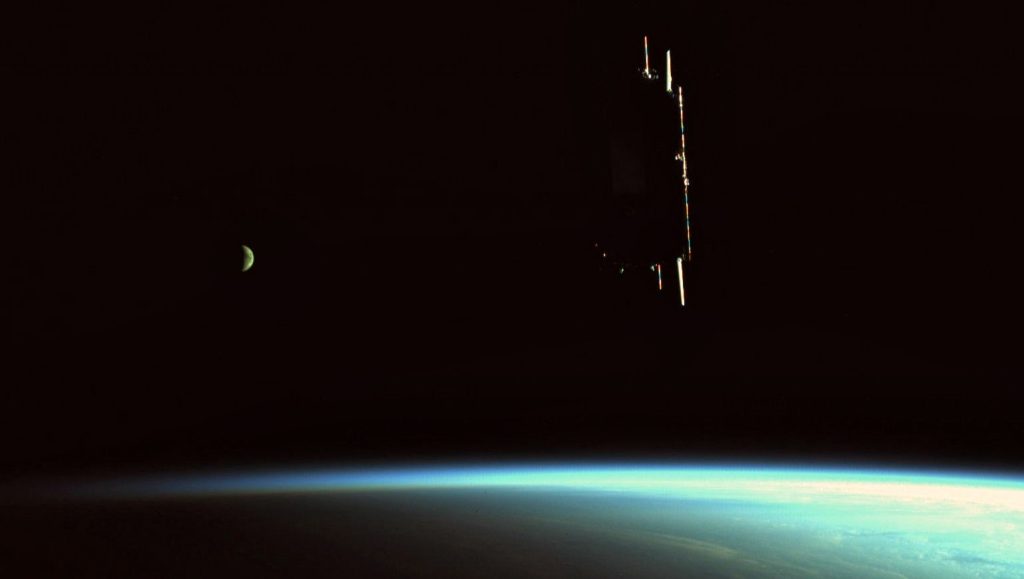THE MISSION
Prisma was a technology mission primarily aiming at the demonstration of different sensor technologies and guidance navigation strategies for rendez-vous and formation flying in space. The mission consisted of two spacecraft, one advanced and highly maneuverable called Mango, and one called Tango. Mango was equipped with several sensor systems for formation flying and rendezvous purposes such as GPS, a vision based camera (VBS) and a radio frequency based navigation instrument (FFRF) together with advanced guidance, navigation and control algorithms. Several high level demonstrations were performed successfully.
CUSTOMER/USER
The Prisma mission was financed by the Swedish National Space Agency.
The major partners in the PRISMA project were:
- German Aerospace Centre (DLR)
- French Space Agency (CNES) in cooperation with Centre for the Development of Industrial Technology (CDTI), Spain
- Danish Technical University (DTU)

